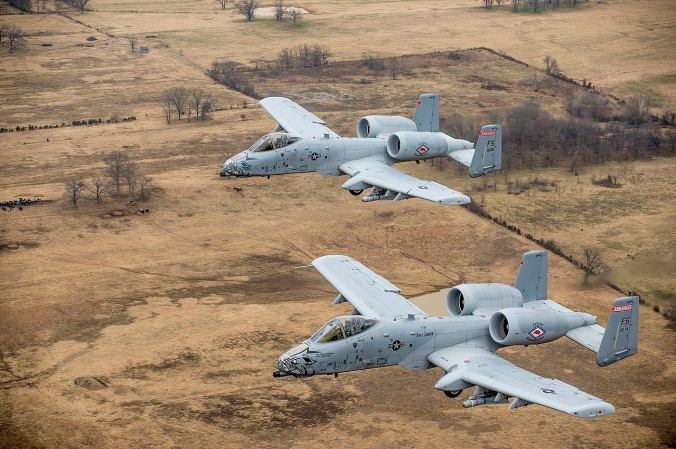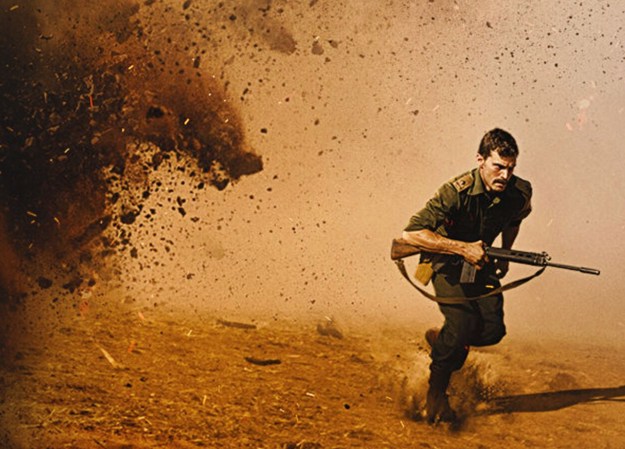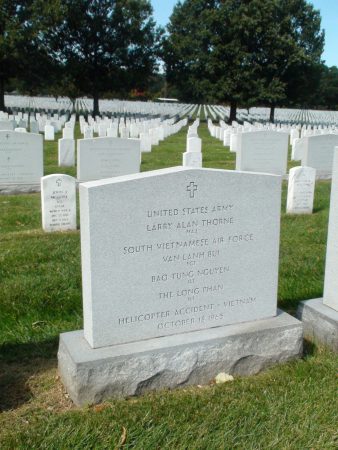By the 1970’s, the Rhodesian Security Forces were facing a growing and determined insurgency in the civil war known as the “Rhodesian Bush War.” Faced with increased threats, manpower and equipment shortages, and a large territory to cover, they needed a new tactic to deal effectively with rebel groups. This led the Rhodesian Light Infantry to the development of the fireforce, a vertical envelopment technique involving light infantry, helicopters, and paratroopers in a rapidly deployable posture.

A fireforce was equipped with four helicopters, one C-47 Dakota transport aircraft, and a light attack aircraft. The helicopters were of two types; the K-Car and the G-Car. The K-Car was so called because it was the ‘killer’ with its 20mm cannon and functioned as the command and control aircraft. The G-Cars served as gunships with machine guns and as transports for heliborne troops, though they were only capable of carrying four combat loaded troops at a time. The unit was also supported by vehicles, called the ‘Landtail’ that supported the deployment of the airborne component. Weapons were standard for Africa at the time – FN FALs and FN MAG machine guns.
A unit set to a fireforce mission was distinctly organized from standard infantry units. Instead of fire teams, squads, and platoons, the Fire Force was composed of ‘waves’ that were broken down into stops, also known as sticks, each consisting of four men, due to the space constraints on the G-Cars. Each stop had a stick leader, machine gunner, and two riflemen, one of which was also trained as a medic. The fireforce airborne component was composed of eight stops. Stops one through three were assigned to the G-Cars while stops four through eight were assigned as paratroopers. These forces, along with the light attack aircraft, constituted the first wave. The remaining men assigned to the fireforce were in vehicles as the ‘Landtail,’ or second wave.

There were three main fireforce units located at three bases throughout the country, ready to respond to a contact or sighting of enemy forces by the Selous Scouts. That’s when the excitement began. Once contact was reported, a siren would sound alerting the fireforce. The first three stops would board helicopters while the rest would quickly don parachutes with the help of off-duty team members. The airborne component would rush to the objective where the fireforce commander would determine a drop zone and position the heliborne stops to encircle the rebels. Once on the ground, the stops would attempt to stop the enemy. They would act as blocking positions for the sweep element, usually paratroopers, creating the classic hammer and anvil movement. Combined with circling gunships and close-air support, this method proved deadly effective, resulting in a kill ratio of better than 80:1.

The fireforce became the primary tactic of the Rhodesian security forces. By 1977, all infantrymen would be trained as paratroopers. While on a ‘bush trip’ – usually lasting about six weeks – the men on a fireforce would rotate between heliborne insertion, paratrooper, landtail, and off-duty. After a bush trip, the men were given ten days rest before returning to the field. This allowed for a very high ops tempo. As the fireforce was perfected and the insurgency gained strength, this meant that Rhodesian soldiers were called on more and more to conduct missions. In his book Fireforce: One Man’s War in the Rhodesian Light Infantry Chris Cocks tells of men making three combat jumps in a single day. This led to a truly staggering number of jumps for many members of the Rhodesian Light Infantry, unmatched by any other unit in the world.

The fireforce was not enough to keep the Rhodesians from losing the war and the method was never adopted by other militaries. The French had used paratroopers extensively in Indochina while the Americans preferred to use only helicopters. With Rhodesia turning over to majority African control and becoming Zimbabwe, the Rhodesian Light Infantry and fireforces were disbanded. Though it would go down in history as one of the most effective counter-insurgency forces ever conceived.










